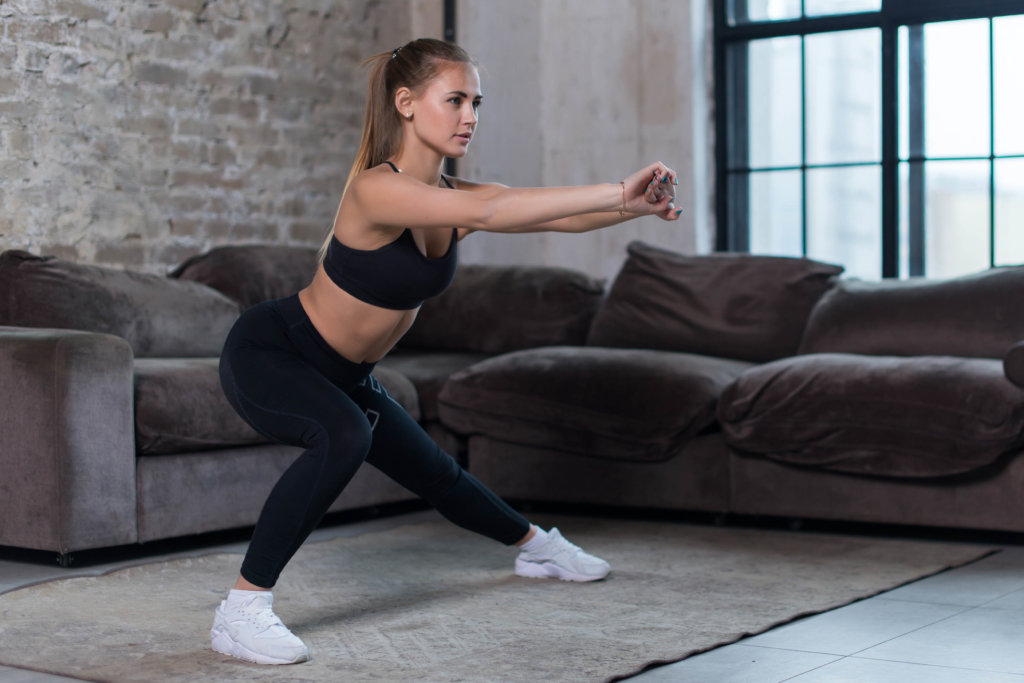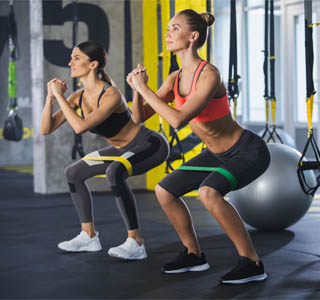Why You Should Be Doing Lateral Exercises
If you run or cycle you typically move your body forward, if you weight lift or swim you may occasionally move your body backward through reverse lunges or the backstroke, but very few exercises or sports require you to move your body side to side.
This does not mean those motions are not valuable, but it does mean that you may want to put extra effort into moving your body in other directions.

Why moving laterally matters
Moving laterally does not typically happen in our day to day lives. Between walking, driving, sitting at our computers, typically all movements are front to back and up and down. Here is exactly what lateral movement does for us:
It can help prevent injury and may help even out imbalances
Forward movements use the same dominant muscles – hamstrings, calves, and quads. Constantly using your dominant muscles causes them to become much stronger than your smaller muscles. Having one group of muscles stronger than another group causes an imbalance, which could lead to injury. Working with the muscles on the inside and outside of your leg, for example, helps stabilize your hips and pelvis.
It can make you stronger
Exercising smaller stabilizer muscles are just as important as larger dominant muscles because it gets them ready for high performance. You need every leg muscle to destroy that 200-pound deadlift.
Variety is the spice of life
We all know the feeling of dreading going to the gym because you are bored of the exercises you day after day. It is fun to switch up your routine from time to time. So next sweat session add a few lateral exercises to your routine to increase your exercise adherence.
How to incorporate them into your routine
There are two ways to perform a lateral movement: abduction (moving a limb away from your body) and adduction (bringing it back in). These movements stabilize both your joints and dominant muscles.
These movements are especially important in the warm-up because you are preparing your body for any movement that may occur in the workout. Here are a few exercises to start with:
Side lunges: 3 sets of 12 reps per leg
Side shuffles: 3 sets of 20 yards per leg
Lateral bear crawls: 3 sets of 20 yards each way
Jumping jacks or star jumps: 3 sets of 30 seconds
Speed skaters: 3 sets of 10 reps per leg
Incorporate these into your regular workouts one to two times per week.
